There’s no doubt that embedded system design is a complex process. But with the right knowledge and tools, you can become a pro at it! In this guide, we will answer some common questions about embedded system design and provide useful tips to help you get started. We’ll cover everything from the basics of embedded systems to more advanced topics like debugging and testing. So whether you’re just starting out or you’re looking for a refresher course, this guide has something for everyone!
What is Embedded System Design?
An embedded system can be built using various technology components such as microprocessors, programmable logic devices, sensors, memory devices, communications peripherals and so on. This makes designing an embedded system a complex task that requires expertise in multiple disciplines like electronics engineering, software engineering and systems design.
In order to design an effective embedded system, it is important to understand the application requirements and select appropriate hardware & software components based on the cost & performance constraints. This involves performing detailed analysis and simulations of the system to ensure reliable operation under various conditions.
When designing an embedded system, engineers must also take into account security considerations such as authentication, encryption, access control and so on. Finally, it is important to test the system thoroughly to verify its functionality before deployment.
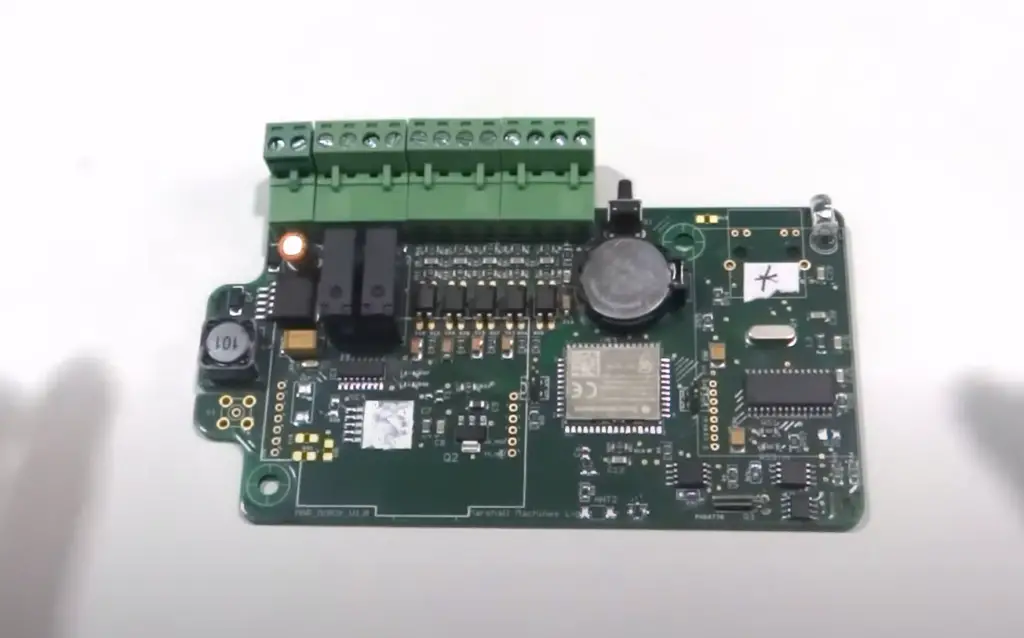
Embedded System Design is a complex but rewarding process that requires knowledge in multiple disciplines such as electronics engineering, software engineering and systems design. With a well-designed embedded system, you can maximize performance and reliability while minimizing cost & power consumption. [1], [2], [3]
Types of Embedded Systems
Just like with nearly anything else in the world of technology, embedded systems come in a wide variety of shapes and sizes. Here are some of the most common types of embedded systems:
Stand-Alone Embedded System
This includes a processor, memory, input/output peripherals and other circuitry all contained on a single printed circuit board.
Typically, the processor inside an embedded system is a low-power microcontroller (MCU) or System on Chip (SoC), as this allows for efficient operation with minimal energy requirements. Such devices don’t require an operating system to function, and will generally operate in real-time with relatively simple programming.
The memory used in an embedded system can consist of RAM, ROM and flash memory. RAM provides temporary storage while active programs are running whereas ROM and flash memory are used for storing data permanently. The types of I/O peripherals in an embedded system can vary widely, depending on the application it is intended to serve. Examples include LCD displays, sensors, buttons, switches and motors.
Overall, stand-alone embedded systems offer a great deal of flexibility due to their cost-effective design and ability to be tailored precisely to specific tasks. Additionally, they are often smaller than conventional computers while providing much better performance and efficiency when compared to similarly sized systems. This makes them ideal for many applications ranging from industrial automation and robotics to home appliances and consumer electronics.
Real-Time Embedded System
These types of embedded systems must be able to respond in a timely manner to external events, based on predefined criteria. This can be done by running specific tasks or accessing and manipulating digital information within a certain time frame.
Unlike traditional computers, most embedded systems do not have an operating system (OS) as part of their design; instead, software applications are written and compiled directly for the hardware components being used. These applications can range from simple tasks such as controlling LEDs or reading sensors, to more complex operations like motor control or automated decision making.
The real-time aspect of these embedded systems is critical for many applications. For example, in medical equipment the device must be able to respond safely and quickly to user inputs or detect a patient’s vital signs within a certain time frame. In industrial robotics, the robot must be able to react quickly and accurately while working with materials.
Real-time embedded systems also have important safety considerations since they need to make decisions in real-time that can affect people’s lives. As such, these systems are typically designed with fault tolerance features – meaning that if something goes wrong, the system recognizes this and takes appropriate measures in order to protect itself from harm without any human intervention.
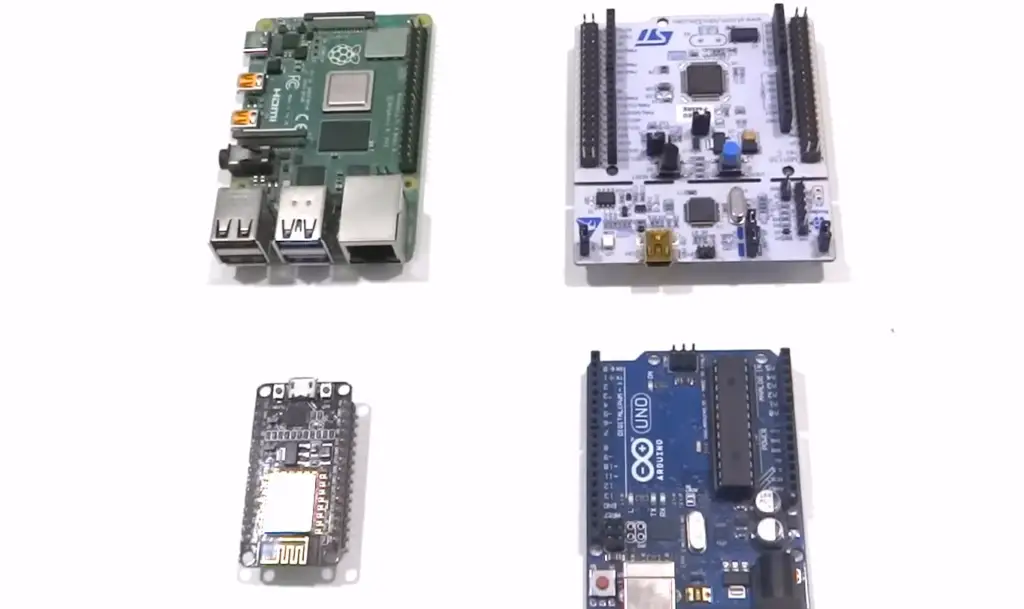
Networked appliances
Networked appliances are electronic devices that connect to the internet and other networks in order to perform some function. Common examples include routers, switches, gateways, televisions, gaming consoles, streaming audio devices, and home security systems. Each of these types of appliances typically has its own set of features and capabilities that allow it to communicate with other devices on a network.
For example, a router is an appliance used for connecting computers to the internet or a local area network (LAN). It acts as a bridge between networks and ensures secure data transmission from one device to another. Routers can also be used for creating virtual private networks (VPNs) so users can access internal resources over the public Internet safely.
Mobile devices
Lastly, mobile devices are portable electronic devices that use batteries as their power source and typically have a wireless connection to the internet or another network. They also often include touchscreen displays, cameras and various other peripherals depending on the model. Common examples of mobile devices include smartphones, tablets, and wearable technology such as smartwatches. Mobile devices have become increasingly popular due to their portability and wide range of features they offer users. For example, with a smartphone you can make calls, send text messages, access the internet, take photos or videos, listen to music, play games and more – all from one device! [3]
Elements of Embedded Systems
Now that you have a better understanding of what an embedded system is, let’s take a look at some of the components and elements that make up these systems. In this section, we will discuss some of the hardware and software components required for embedded systems as well as their functionality.
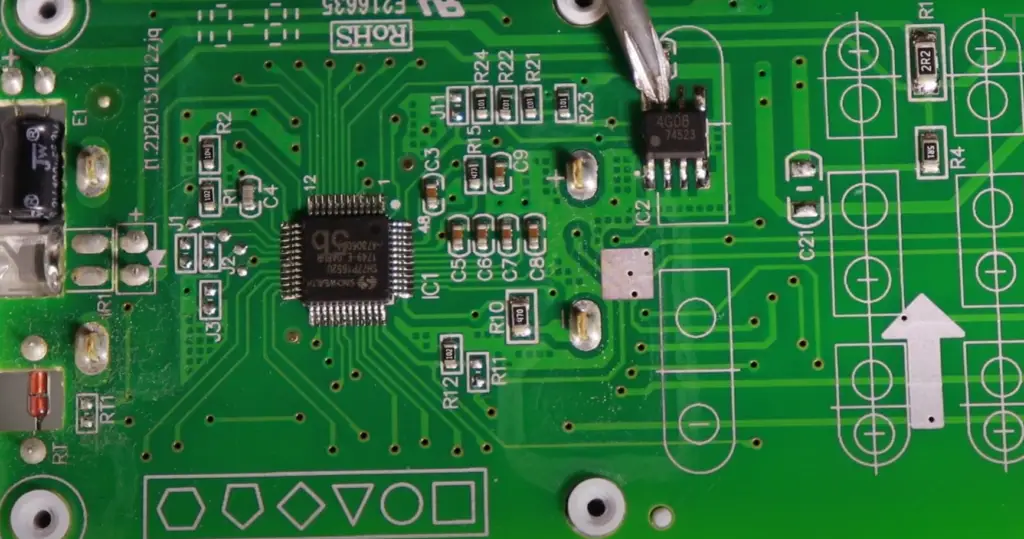
Processor
Processor, also referred to as the Central Processing Unit (CPU), is the main component of an embedded system. It acts as the brains of the system and is responsible for carrying out instructions and processing data. The processor consists of a number of components, including an Arithmetic-Logic Unit (ALU) that carries out arithmetic and logical operations, A Control Unit responsible for controlling all components in a computer system, memory storage units such as RAM (random access memory) and ROM (read only memory), timers, buses that transmit data between different components, interrupts controllers to signal external events like key presses or timer expiration etc., and various other peripherals.
Basically, the processor is the brain of the embedded system and it’s responsible for virtually everything that a computer does.
Microprocessor
A microprocessor is a programmable, integrated circuit (IC) composed of millions of transistors that act as the central processing unit (CPU) of an embedded system. In other words, it is a processor within a larger electronic product or system that carries out specific tasks based on instructions provided by its firmware or software. A microprocessor contains memory units and interfaces with external components such as sensors and actuators to control their behavior. It can also be programmed to execute user-defined functions and commands. For example, in an automotive application, a microprocessor may be used to control the speed and direction of the vehicle’s engine or transmission.
Microprocessors are usually built into chips which are then soldered onto printed circuit boards (PCBs). Unlike microcontrollers, which are specialized integrated circuits, a microprocessor can be used to control any type of embedded system. They are typically more powerful and expensive than microcontrollers but have the ability to process more data at once.
Microcontroller
A microcontroller is an integrated circuit (IC) that contains a processor, memory and a set of peripherals. It is designed to control embedded systems, such as robots, industrial automation systems and consumer electronics. A typical microcontroller consists of 8-bit or 16-bit registers and instructions for manipulating data in these registers. The instructions are usually written in assembly language or some higher-level language like C/C++.
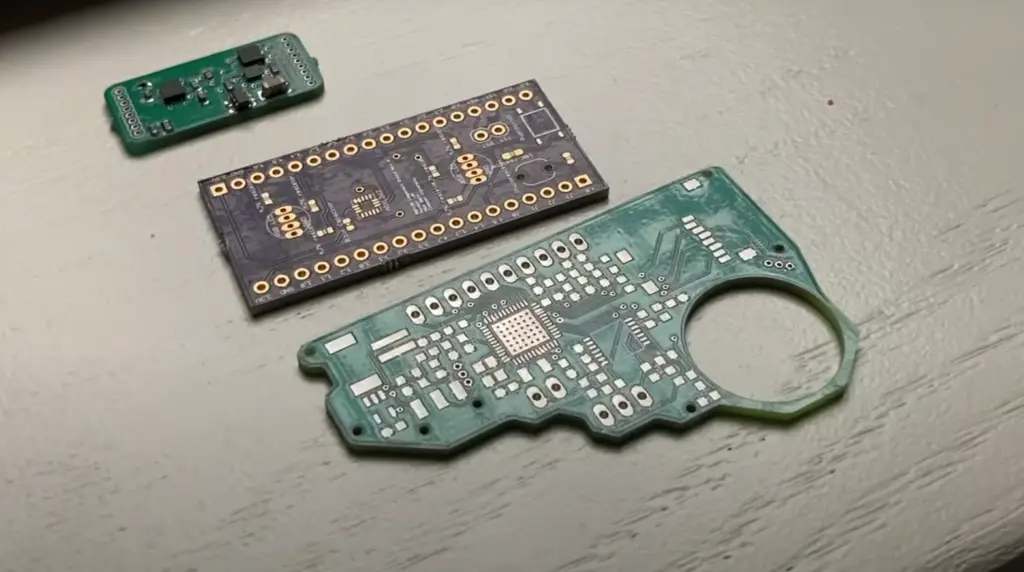
Microcontrollers are used in many commercial and industrial applications, including security systems, home appliances, computer peripherals and automotive applications.
They typically have limited input/output (I/O) capabilities compared to larger computers, but they can still do tasks like reading sensors, sending and receiving data over networks, controlling motors, executing algorithms and more.
Generally speaking, the microcontroller is responsible for handling all the low-level details of a system. It is programmed to execute certain instructions when it receives input from an external source such as a button press or sensor reading. The processor then processes this input according to its programmed instructions and takes appropriate action. This could be turning on a motor, displaying something on the screen or even sending data wirelessly to another device.
Digital Signal Processors
Digital Signal Processors (DSPs) are specialized microprocessors designed to process digital signals. They are used in embedded systems, where they can be programmed to perform operations such as filtering, signal modulation, and mathematical calculations on data streams. DSPs are usually found at the heart of an embedded system design and play a major role in its performance.
A DSP is specifically designed to handle real-time processing tasks related to audio and video data streams. It has features such as specialized instruction sets for performing integer arithmetic operations that are optimized for these types of applications. This allows it to perform computations quickly with high accuracy and stability, making it highly suitable for use in critical applications like medical imaging devices or aerospace navigation systems.
In addition to its signal processing capabilities, a DSP also includes on-board memory and digital signal interface functionality that allows it to interact with other components in the embedded system. It can also be connected to external peripherals such as analog-to-digital converters (ADCs) for converting incoming data into a usable format, or digital-to-analog converters (DACs) for outputting processed signals. [3]
Challenges in Embedded System Design
Despite the advantages of embedded systems, designing and building them can be a challenging task. It’s important to consider the system’s specific requirements, user needs and design constraints.
Power consumption
One of the main challenges in embedded system design is power consumption. A key factor to consider when designing an embedded system is the amount of power it consumes, as this will affect the system’s overall performance and battery life. To minimize power consumption, designers must carefully consider their hardware and software decisions. For example, they may opt for energy-efficient microcontrollers or processors with low-power modes such as sleep mode. They can also take advantage of techniques such as dynamic voltage scaling (DVS) to reduce the device’s operating frequency when less computational power is needed or use advanced features like clock gating to shut down unnecessary logic blocks to save energy.
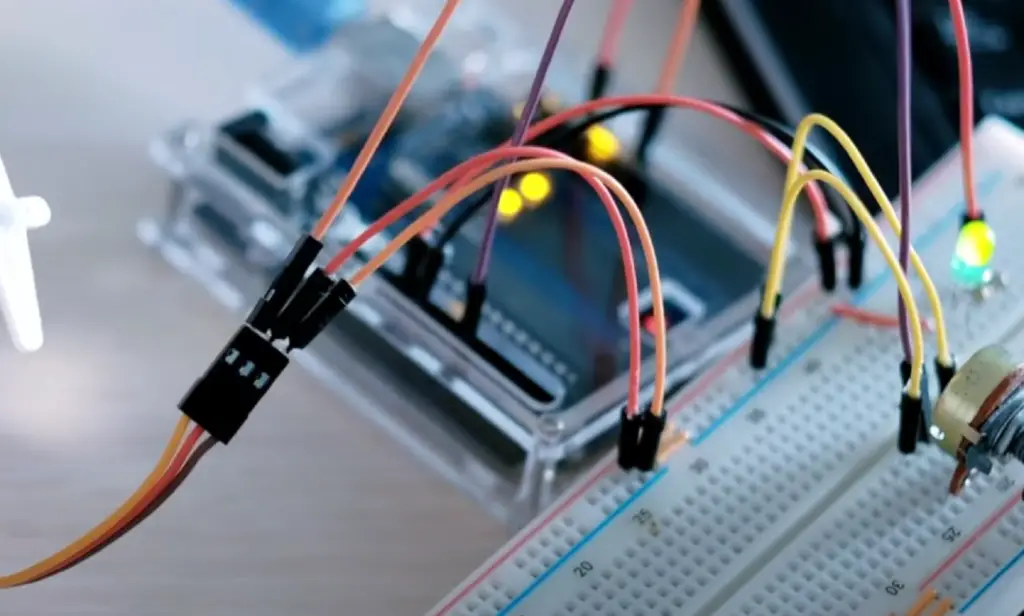
Environment adaptability
The environment adaptability of the embedded system must also be considered. This refers to how well it can work in different operating conditions such as changes in temperature, humidity or pressure. For example, a medical device designed for use in hospitals needs to operate reliably in sterile environments.
Security
Security is an important factor when designing embedded systems. As they may be connected to other components, they must be protected from attacks and unauthorized access. Apart from the operating system’s security measures, application-level security measures can also be implemented such as encryption and authentication protocols. In addition to these, physical security measures (e.g., locks) should be employed to prevent tampering with the hardware or data stored in the device.
Updates
The technology used in embedded systems is constantly changing, and it’s important to stay up-to-date with the latest advancements. Keeping track of new processor designs, board features, software options and other updates can be time consuming but can also help you create better products. Additionally, understanding the newest trends in the industry can allow you to work more efficiently and build more reliable systems that are better suited to your application needs. It’s also a good idea to review existing designs for hardware and software components, evaluate their performance and reliability, and ensure they meet current standards. Finally, it’s important to keep an eye on changes in regulations or laws related to your products so as not to run into any legal issues.
Occupied area
The size of the system is also an important factor. Space constraints can limit the number and type of components that can be used, and this must be taken into account during the design process. For example, if a device needs to fit inside a small housing or enclosure, then its components must be carefully chosen to ensure that all necessary features can fit in the allocated area. [3]
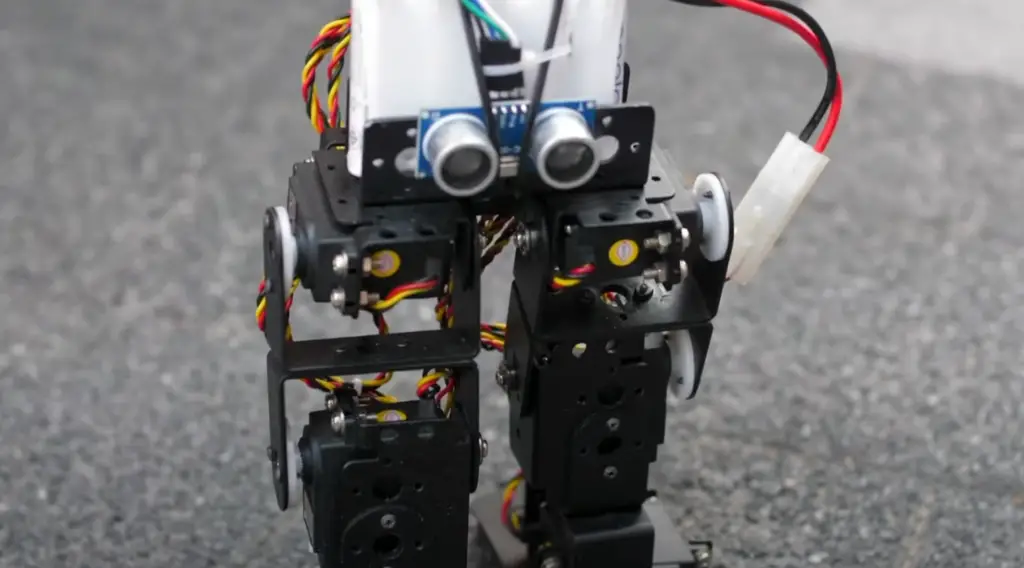
FAQ
What is an embedded system with an example?
An embedded system is a combination of hardware and software components, designed to perform a specific task. An example of an embedded system would be a car’s engine control unit (ECU). This ECU monitors different parameters such as the fuel injection rate and ignition timing, and adjusts them according to input from sensors in the car. It then sends commands to actuators that regulate the engine speed, torque, etc.
What is an embedded system?
An embedded system is a combination of hardware and software designed to perform a specific task. It consists of both physical components, like the processor, RAM, ROM, and other peripherals, as well as programming code that dictates its operation. Embedded systems are used in products like phones, cars, medical devices, and more.
What are the components of embedded system design?
An embedded system design is composed of several components working together to achieve a desired outcome. Depending on the specific application, these components may include hardware (such as microcontrollers, sensors, and other physical parts), software (like programming languages and operating systems), communications (for networking with other devices or transferring data over a network), interfaces (to link different components together into one cohesive system) and power sources. An embedded system also requires reliable performance in order to function correctly, so designers must consider factors like reliability and safety when designing the system. Additionally, embedded systems often require specialized tools such as compilers and debuggers for development.
What are the various embedded system designs?
Embedded system design is the process of designing and implementing electronic components, hardware, software and other elements in a way that enables them to interact with each other within a single device or system. This type of design usually requires multiple levels of complexity and different expertise depending on the application. Commonly used embedded systems designs include:
Firmware/Software Design: This involves modification and re-alignment of existing programs as well as writing new ones that will allow embedded devices to execute commands or tasks and act accordingly.
Hardware Design: This type of embedded system design includes developing circuits, circuit boards, components, layout plans etc., that are necessary for an embedded system to function properly.
Networking Design: Understanding and designing embedded systems within the scope of a larger network is important. This type of design focuses on connecting different embedded systems, via cables or wireless transmission, in order to enable them to communicate with each other.
System Simulation: Embedded system designs are often tested through simulations before their actual implementation. System simulation helps developers find errors earlier on in the development process and fix them accordingly.
Useful Video: What is an Embedded System? | Concepts
Conclusion
Embedded system design is a complex and varied topic, but one which can provide immense benefit to the right user. By understanding what an embedded system design is, how it works, and the different types of components involved, you will be in a much better position to make informed decisions when it comes to designing an embedded system. It’s important to remember that no two systems are alike – each may require a unique approach. Choosing the right tools and components for your project can help ensure that your design delivers maximum performance and reliability.
In this article, we have looked at what an embedded system design is, the different types of components involved, and some tips for successful embedded system design. Hopefully this article has helped you gain a better understanding of this fascinating and useful field so that you can make informed decisions when designing your own embedded systems.
Good luck on your journey into embedded systems! Let us know if there is any other information about embedded systems you would like to learn more about. We are here to help you succeed!
References
- https://www.qt.io/embedded-development-talk/building-an-efficient-embedded-system-design-and-software-development-process
- https://www.arm.com/glossary/embedded-system-design
- https://www.elprocus.com/embedded-system-design/





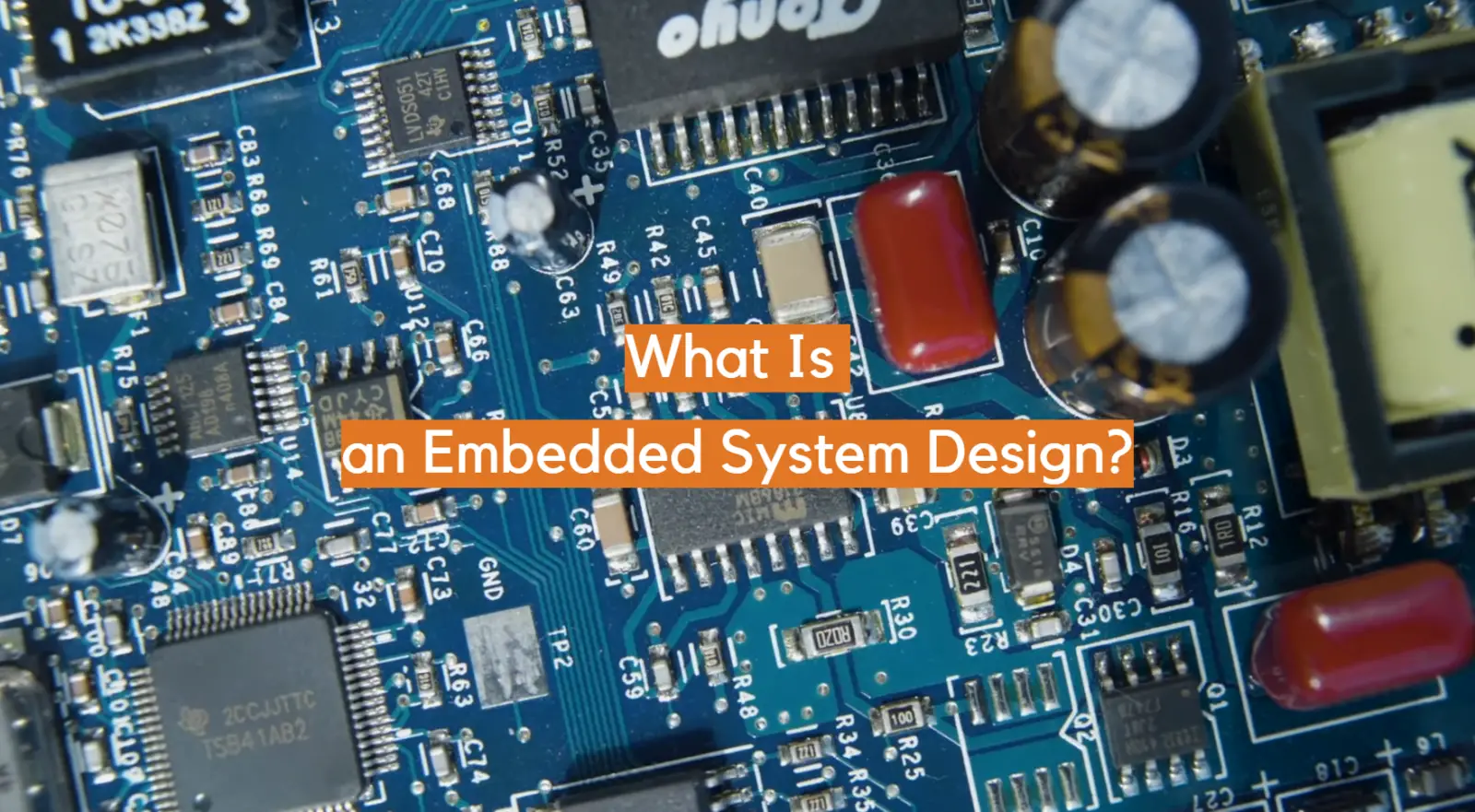








Leave a Reply